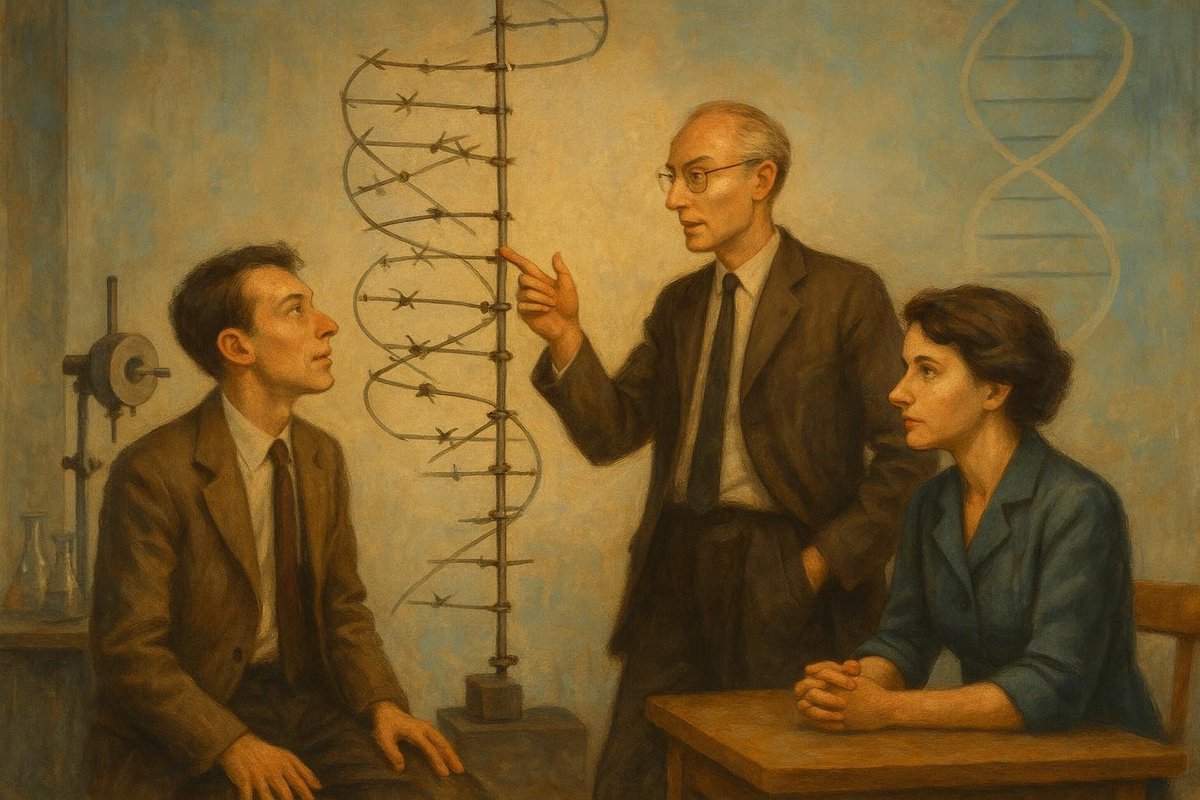
In the world of scientific discovery, few moments stand out as boldly as the unveiling of the DNA double helix. A revelation that fundamentally shifted our understanding of biology, this breakthrough laid the groundwork for advancements in technology that would influence the course of history. But why does this discovery matter so much, even centuries later? Let’s delve into the origins of DNA structure, explore the historical context that enabled it, and examine how it eventually powered technological innovation across the globe.
The Birth of a Scientific Marvel
Interestingly, the discovery of DNA’s structure is often seen as an inevitable result of the scientific zeitgeist of the mid-20th century. But what were the factors that led to this groundbreaking moment?
- The interdisciplinary approach: Scientists like James Watson and Francis Crick drew from both physics and biology.
- Technological advances: X-ray crystallography played a crucial role, thanks to pioneers like Rosalind Franklin.
- Post-war optimism: The intellectual atmosphere was ripe with curiosity and innovation.
This period was marked by an eagerness to unravel the mysteries of life itself. No wonder, then, that the discovery of the double helix came at a time when intellectual boundaries were being pushed and redefined. The era’s collaborative spirit and technological advances made it possible to visualize and comprehend the intricate dance of nucleotides within DNA.
A Historical Context of Innovation
Of course, scientific discoveries do not arise in a vacuum. The historical context surrounding the unveiling of DNA’s structure was as crucial as the discovery itself.
- Post-war technological boom: The aftermath of World War II saw significant technological and intellectual growth.
- Cold War influences: Competition drove innovation and funding in science and technology.
- Educational reform: An increased emphasis on science education produced more skilled researchers.
The post-war period fostered a unique combination of collaboration and competition, driving scientists to explore the unknown with a fervor unmatched in previous decades. As nations invested in scientific progress, the stage was set for breakthroughs that would resonate through time, including the profound insights into DNA’s structure.
The Ripple Effects on Technology
As time goes on, many people believe that the discovery of DNA’s structure has been the cornerstone of numerous technological advancements. But how exactly did this discovery fuel progress?
- Genetic engineering: Enabled the manipulation of genetic material, leading to advances in medicine.
- Biotechnology industry: Created new fields like genomics and personalized medicine.
- Data science: DNA sequencing and storage have transformed big data analytics.
The understanding of DNA’s structure allowed scientists to unlock the secrets of life, propelling innovation in areas ranging from medicine to computing. The ability to manipulate genetic material paved the way for breakthroughs like CRISPR and improved disease treatments, showcasing the technological potential unleashed by this discovery.
Lessons from the Double Helix
Reflecting on the discovery of DNA’s structure, one might wonder: what lessons can we learn from this monumental event?
- Collaboration across disciplines: Essential for groundbreaking discoveries.
- Continuous curiosity: Driving force behind scientific advancements.
- Historical awareness: Understanding context enhances innovation.
The story of DNA’s discovery teaches us the value of interdisciplinary collaboration and the relentless pursuit of knowledge. It reminds us that understanding the past is vital for shaping the future, as historical context often influences scientific innovation. As we continue to explore the frontiers of technology, these lessons remain as relevant as ever.
The discovery of DNA’s structure was not just a remarkable scientific achievement but a catalyst for technological progress that continues to shape our world today. By understanding the historical context and the ripple effects of this discovery, we gain insight into how intellectual progress can drive technological transformation. This story is a testament to the power of human curiosity and collaboration.
Fuel Someone Else’s Curiosity
Inspired by the fascinating journey of DNA’s discovery? Share this article with friends and colleagues to spark their curiosity and ignite discussions about the profound impact of science on our lives. Together, let’s continue to explore the wonders of our world!

Leave a Reply